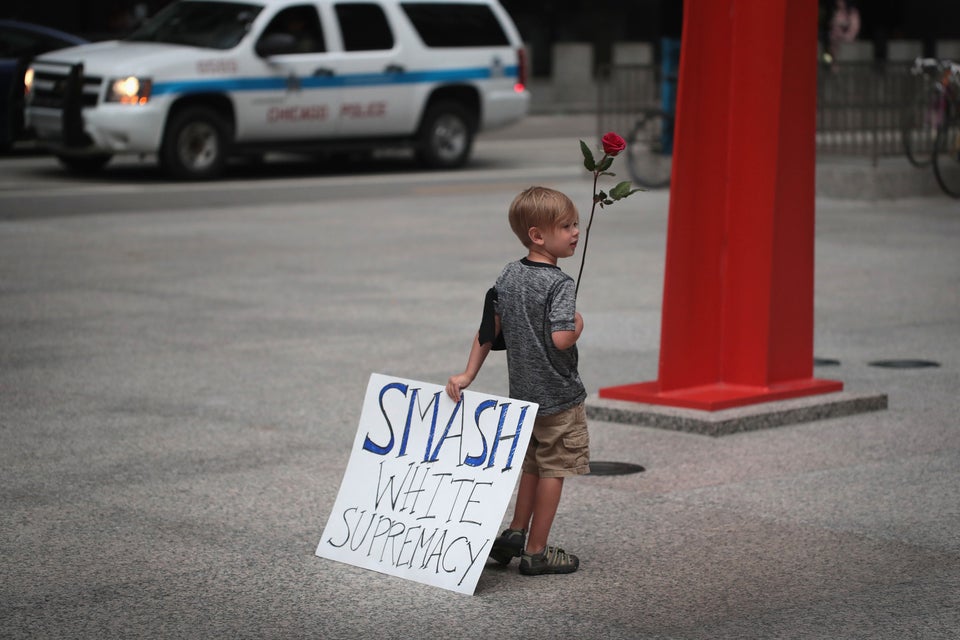Several months before Germany invaded Poland, marking the beginning of World War II, a group of roughly 20,000 American Nazis held a rally in the heart of New York City.
They recited the Pledge of Allegiance, waved flags emblazoned with swastikas, and raised their arms in Nazi salutes.
The German American Bund, a Nazi group that deteriorated over the course of the war, convened the gathering on Feb. 20, 1939, at Madison Square Garden.
“A Night at the Garden,” a short documentary directed by two-time Oscar nominee Marshall Curry, offers a glimpse into the rampant anti-Semitism and white supremacy that was on display then.
Released in the aftermath of the white supremacist rallies in Charlottesville, Virginia, the seven-minute film reveals scenes with frightening parallels to the neo-Nazi rallies America has witnessed in recent months.
“If you ask what we are actively fighting for under our charter: first, a socially just, white, Gentile-ruled United States,” Bund leader Fritz Kuhn can be seen telling the 1939 audience in the video. “Second, Gentile-controlled labor unions, free from Jewish Moscow-directed domination.”
At that point in the film a protester runs onto the stage and men on stage swiftly catch and beat him. The protester, Curry writes on the film’s website, was 26-year-old Isadore Greenbaum, whose act of defiance was met with violence and ridicule. In addition to beating him, rally-goers pulled down his pants as the audience roared in laughter and cheers. Even a young boy on stage can be seen in the video laughing and rubbing his hands together in excitement at the beating.
Greenbaum was arrested for disorderly conduct and fined $25, according to a New York Times article that ran two days after the rally. Appearing in court the following day, Greenbaum told the judge: “I went down to the Garden without any intention of interrupting. But being that they talked so much against my religion and there was so much persecution I lost my head, and I felt it was my duty to talk.”
When the judge asked him if he had considered that “innocent people” might have been killed, Greenbaum replied, “Do you realize that plenty of Jewish people might be killed with their persecution up there?”
After the violence in August in Charlottesville, Curry said he felt there was an “urgent” need to remind Americans of this earlier episode of Nazi sympathies in the country.
“We’d like to think that when Nazism rose up, all Americans were instantly appalled. But while the vast majority of Americans were appalled by the Nazis, there was also a significant group of Americans who were sympathetic to their white supremacist, anti-Semitic message,” he wrote in a Q&A published on the film’s website.
Curry said he hoped those who watched the film would recognize the slippery slope between acquiescing to bigotry and actively engaging in it.
“We’d like to believe that there are sharp lines between good people and bad people,” he wrote. “But I think most humans have dark passions inside us, waiting to be stirred up by a demagogue who is funny and mean, who can convince us that decency is for the weak, that democracy is naïve, and that kindness and respect for others are just ridiculous political correctness.”
The 1939 rally, he said, “should remind us not to be complacent ― that the things we care about have to be nurtured and defended regularly ― because even seemingly good people have the potential to do hideous things.”

